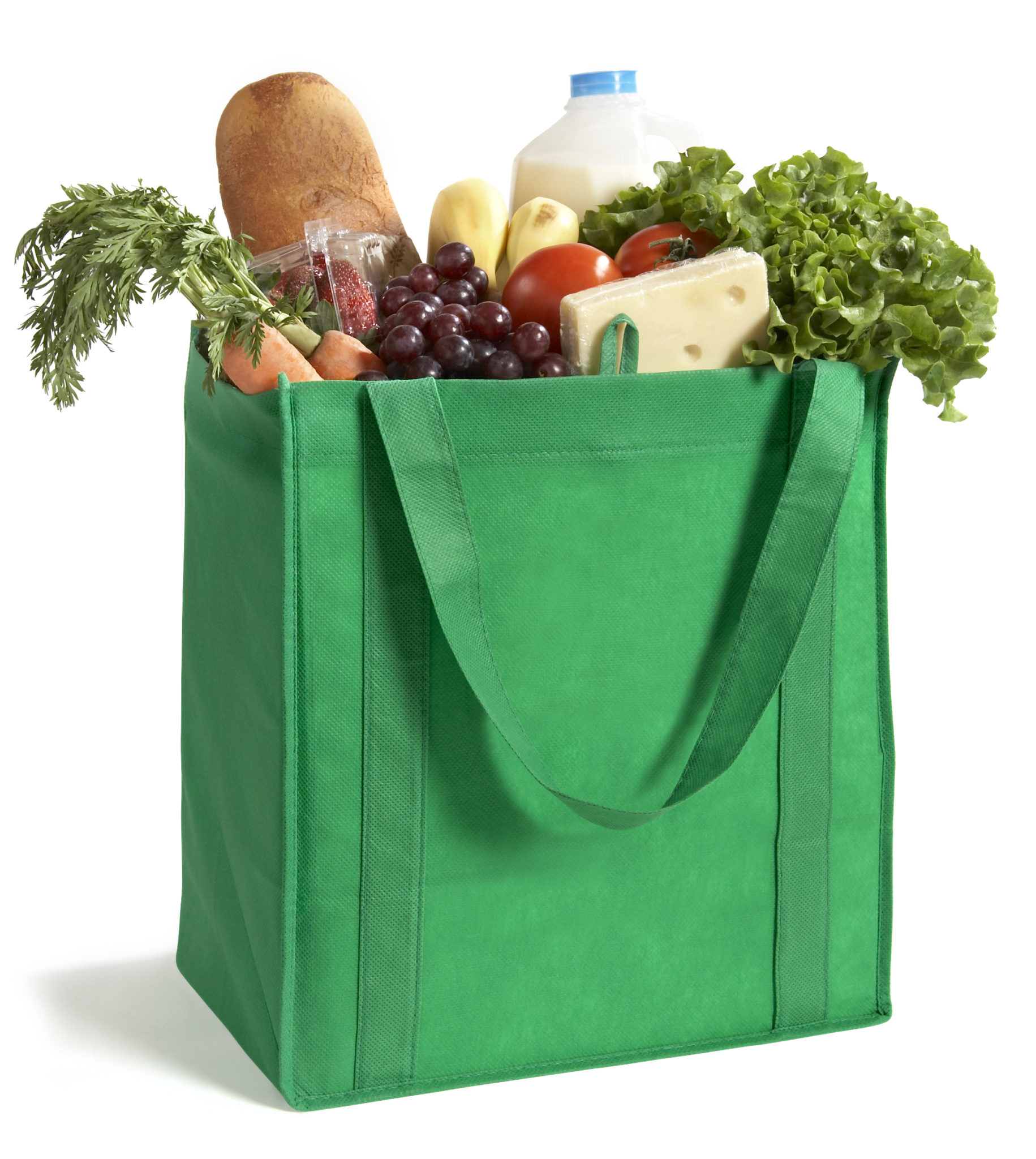
One of the things you all request the most often is a revival of my “Healthy Eating on a Budget” series that I did back when I was in grad school.
I’ve thought long and hard about how I would want to approach this now that I’m not on SUCH a strict budget and that our family is getting bigger. I’ve settled on starting a new, but similar series called “Balanced on a Budget.” My hope is that this can contain all things budget shopping and meal related (including but not limited to, grocery shopping lists, product picks, meal ideas and recipes).
The first step in this series is to highlight some general budget-friendly options for each of the main food groups that I believe are important to include in a balanced, nutrient-dense diet: Protein, Grains, Fruit, Vegetables, Dairy and Heart-Healthy Fats. Note that I usually include Dairy as part of my Protein group, but for the sake of this series I’m going to break them out into two separate categories.
All of that said, today I’m highlighting my favorite budget-friendly protein picks!
My Favorite Budget-Friendly Protein Picks
EGGS
If you’ve been a long-time reader, you’ve heard me say that eggs are considered the perfect protein. This is because they contain all 9 essential amino acids (the building blocks of protein). Eggs can certainly get expensive depending on the type you buy (i.e. cage-free, organic, omega-3 enriched, etc.), but even at their most expensive, you’re still looking at less than $1 per egg in most cases, which is not bad. The type you choose to buy is up to you – you’re generally getting the same amount of protein regardless – but this article does a good job breaking down the different definitions.
CHUNK-LIGHT CANNED TUNA OR SALMON
Chunk-Light tuna or salmon are not only a good (and affordable!) sources of lean protein, but also contains heart healthy omega-3 fatty acids DHA and EPA. It’s a great way to get some fish into your diet without having to break the budget. Sardines are another great pick if they’re in your wheelhouse! Look for varieties canned in water rather than oil.
BEANS & LEGUMES
Whether you choose dried or canned, beans and legumes are a wonderfully budget-friendly and versatile protein option. You can thrown them into salads, burritos, stirfrys, etc. There are also tons of different types – from lentils to edamame or fava to black, garbanzo or kidney beans, there’s something for everyone!
TOFU & TEMPEH
In general, vegetarian proteins tend to be extremely budget-friendly. While many of them are incomplete proteins, tofu and tempeh both contain all 9 essential amino acids making them a great pick. It’s easy to scramble them up with some veggies and cheese for a quick protein-packed meal. You can also bake them and toss into stirfrys, salads or grain bowls.
CHICKEN
Ground chicken and chicken thighs are generally the most budget-friendly of all meat options. You can get a pretty good amount (about the equivalent of 4-6 meals depending on what those meals are and your serving size) for a decent price. I also love chicken sausage as an easy option (though depending on what brand you buy, they can get pricey – I find they’re cheapest at Trader Joe’s). Look for ground chicken breast and boneless, skinless chicken thighs if you want to save on fat.
NUTS, SEEDS & BUTTERS
Nuts, seeds and nut and/or seed butters are an awesome choice when you’re on a budget because they work double duty to also provide some healthy fat (so long as you’re buying natural varieties). You can toss them into oatmeal, throw them together with some dried fruit for an on-the-go snack or pop them on top of salads to easily boost the protein. A little also goes a long way so while you might spend a little more on these, they should last you a while. Look for unsalted nuts and nut butters to keep sodium in check.
QUINOA, KAMUT, AMARANTH & SPELT
Whole grains tend to have a good amount of protein in them – some with the highest amounts are quinoa, kamut, amaranth and spelt (see a whole list of whole grains and their protein values here). Have fun experimenting with some new grains in place of your regular go-tos to add a little extra protein to meatless dishes. Remember that grains are not complete proteins so you’ll have to pair them with complementary proteins (if you’re unfamiliar with this concept, read more about complementary proteins here) to get all 9 essential amino acids.
Just a note, dairy is another great protein source – I’ll cover that in another post but just want to make sure you don’t discount it as an option for getting protein in as it tends to be a very budget-friendly way to add both flavor and protein!
11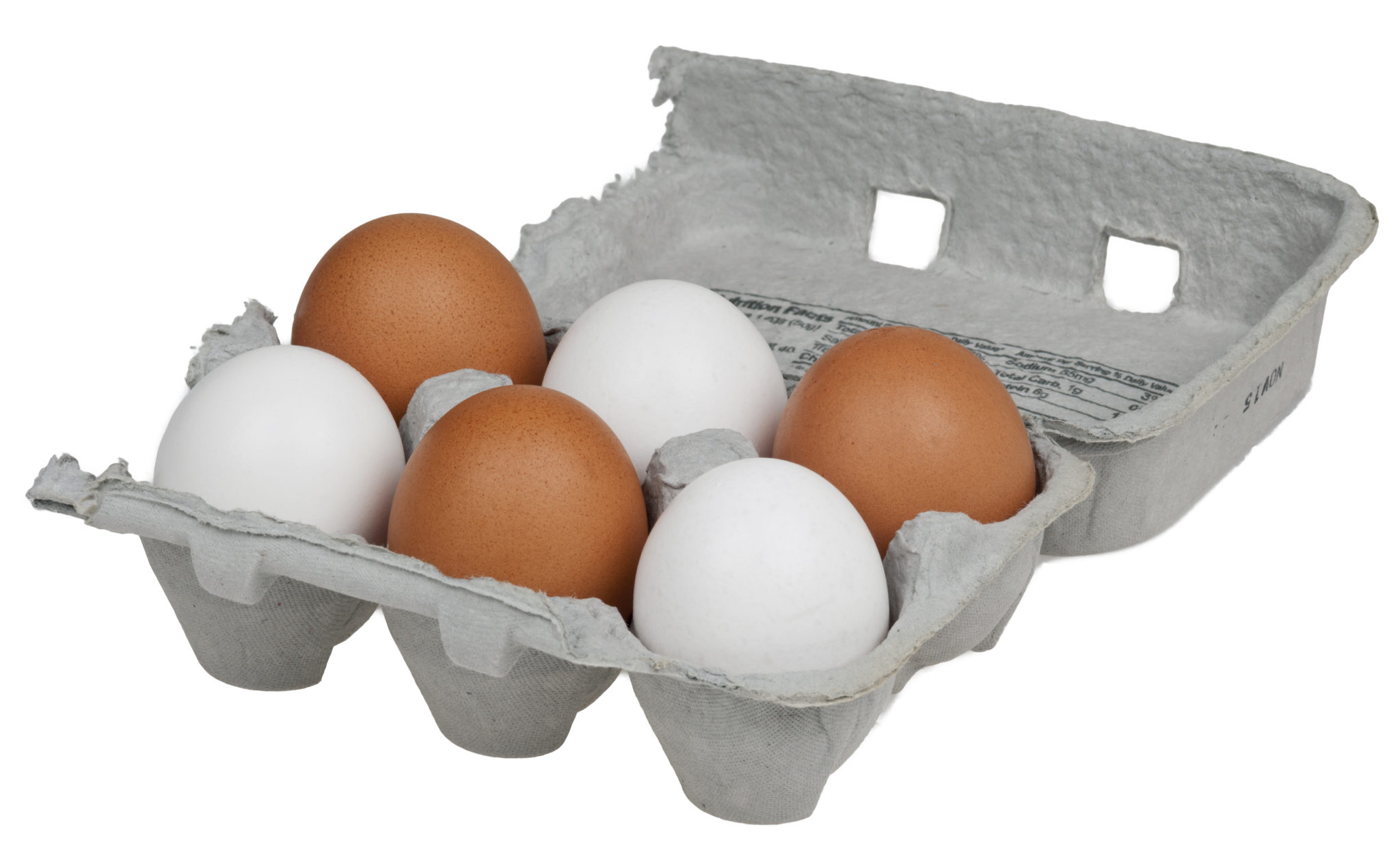
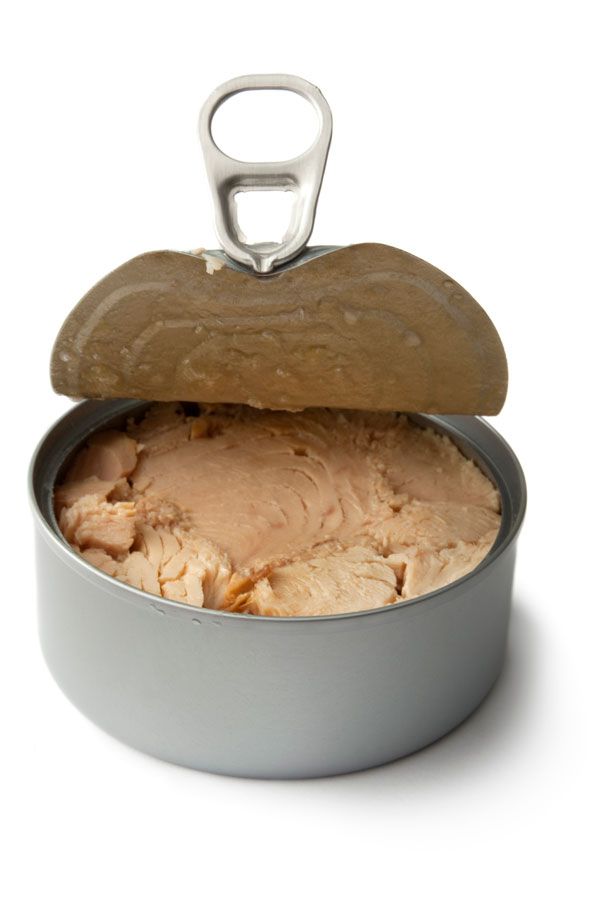
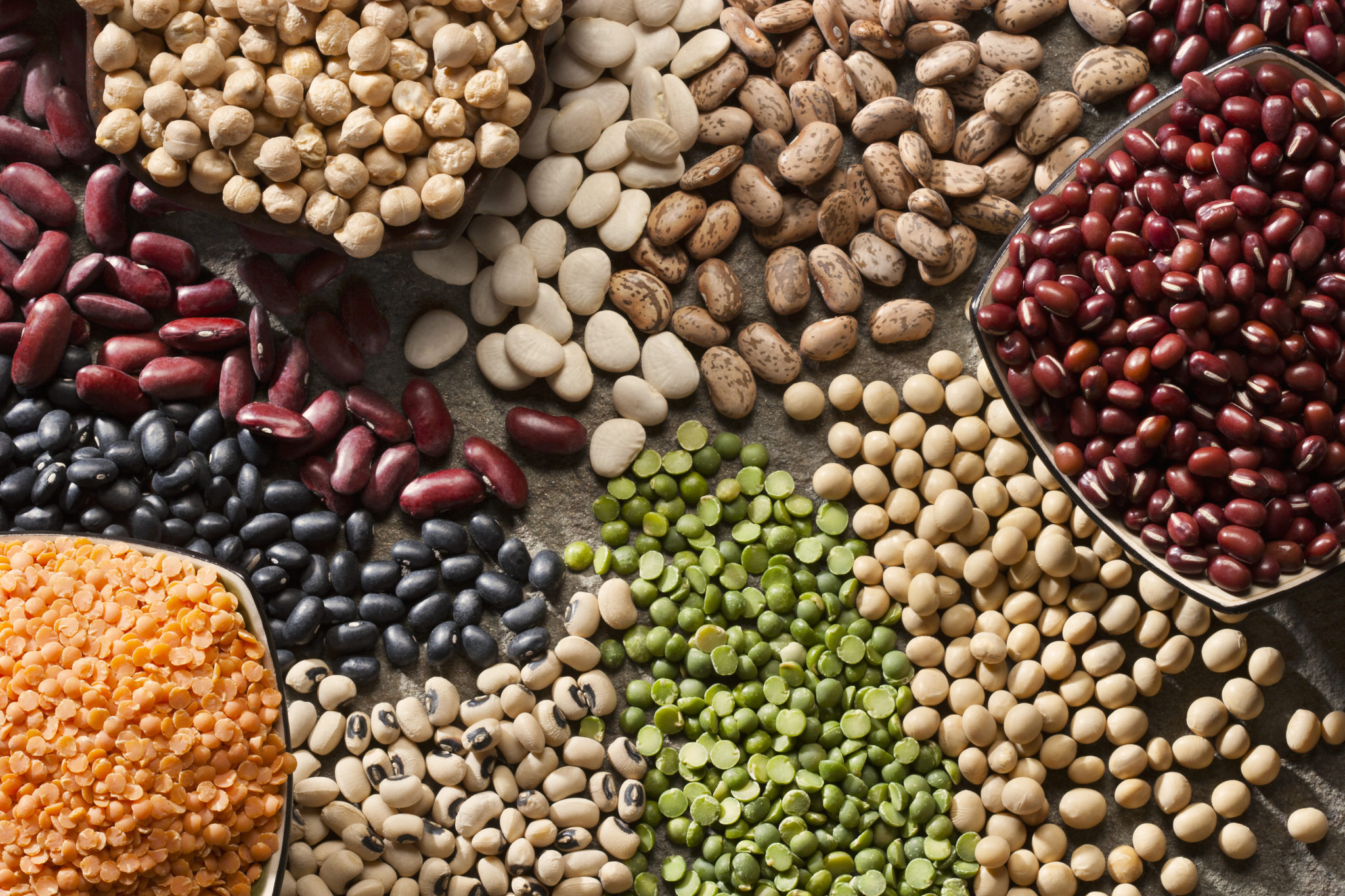
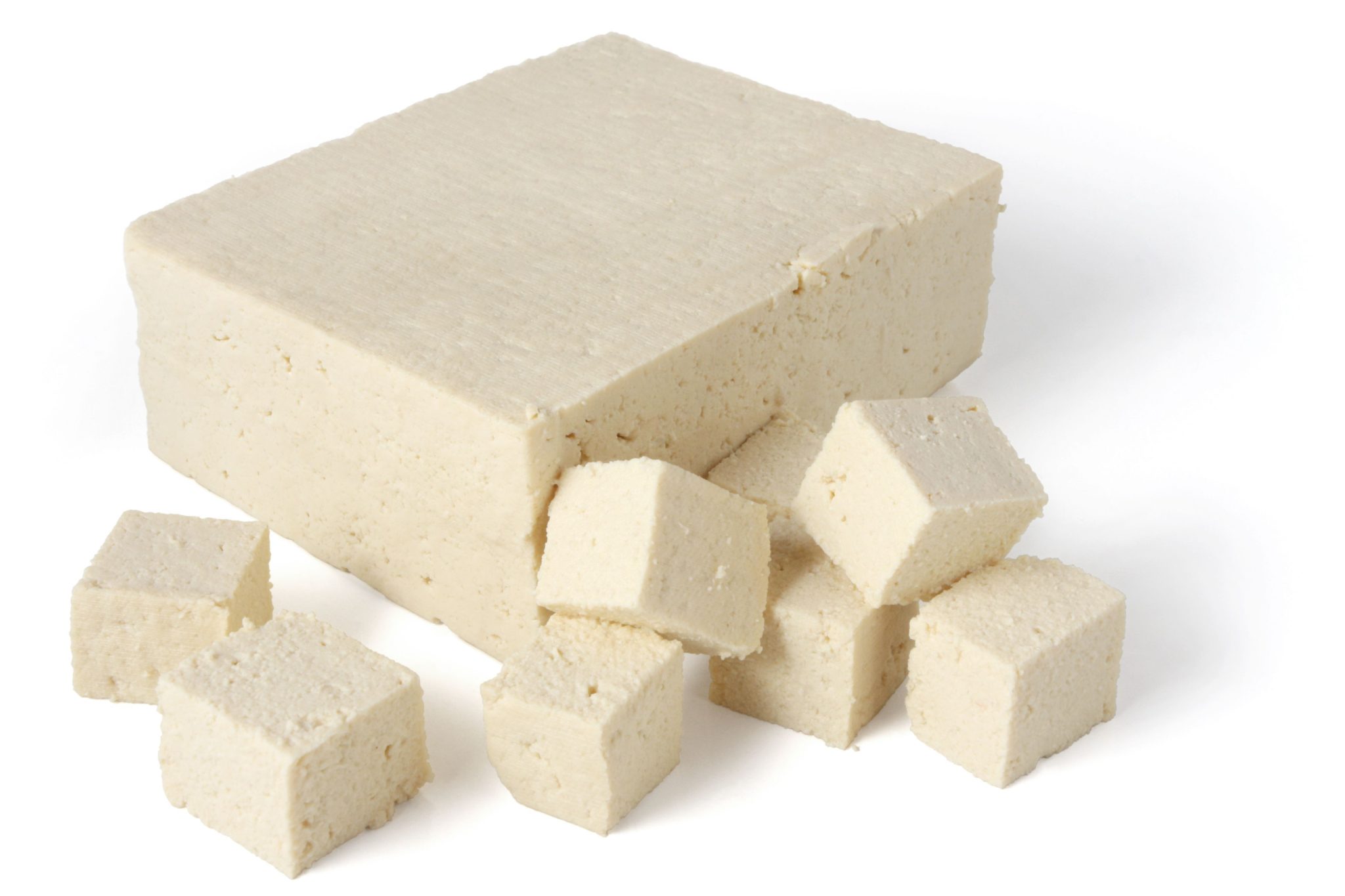
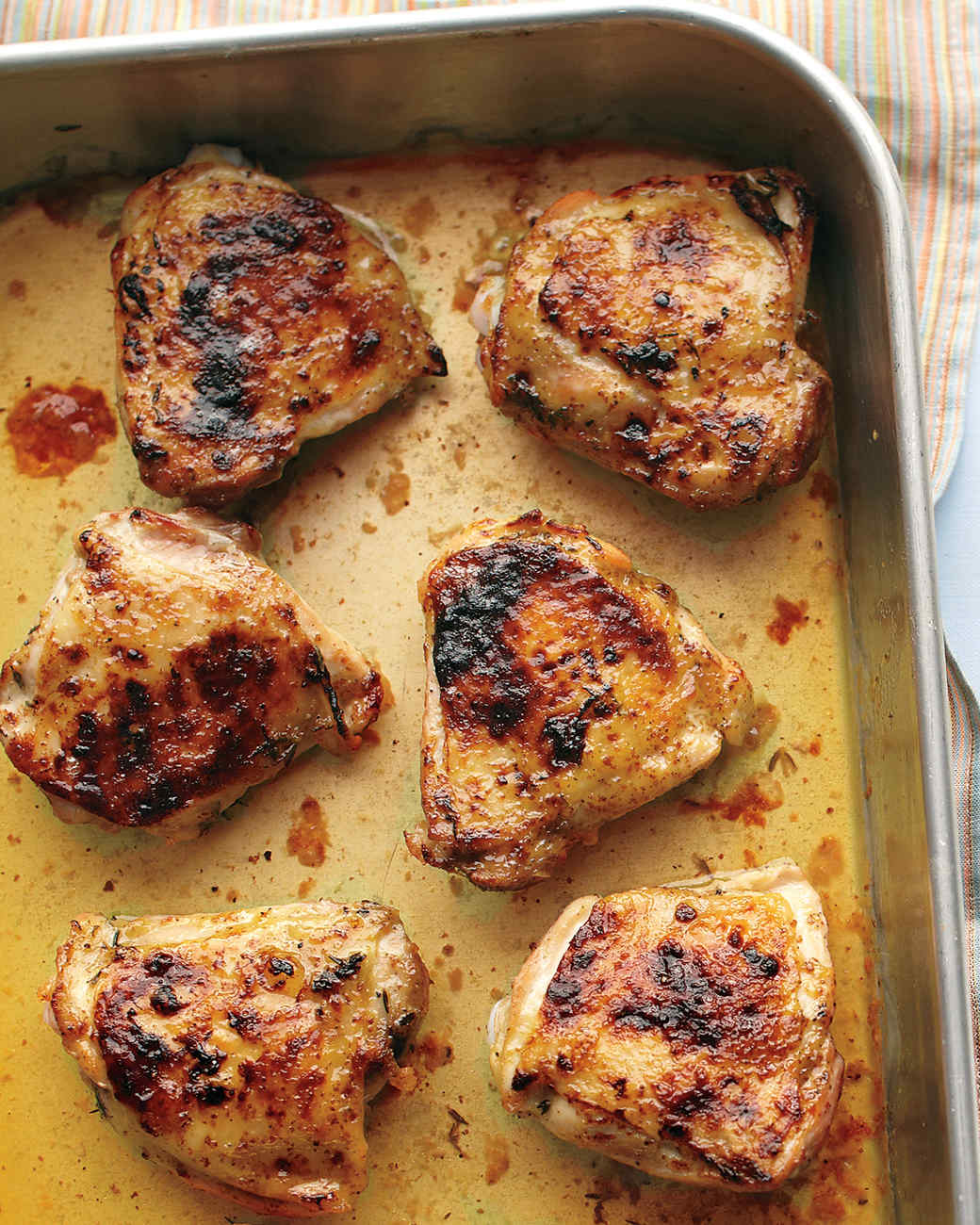
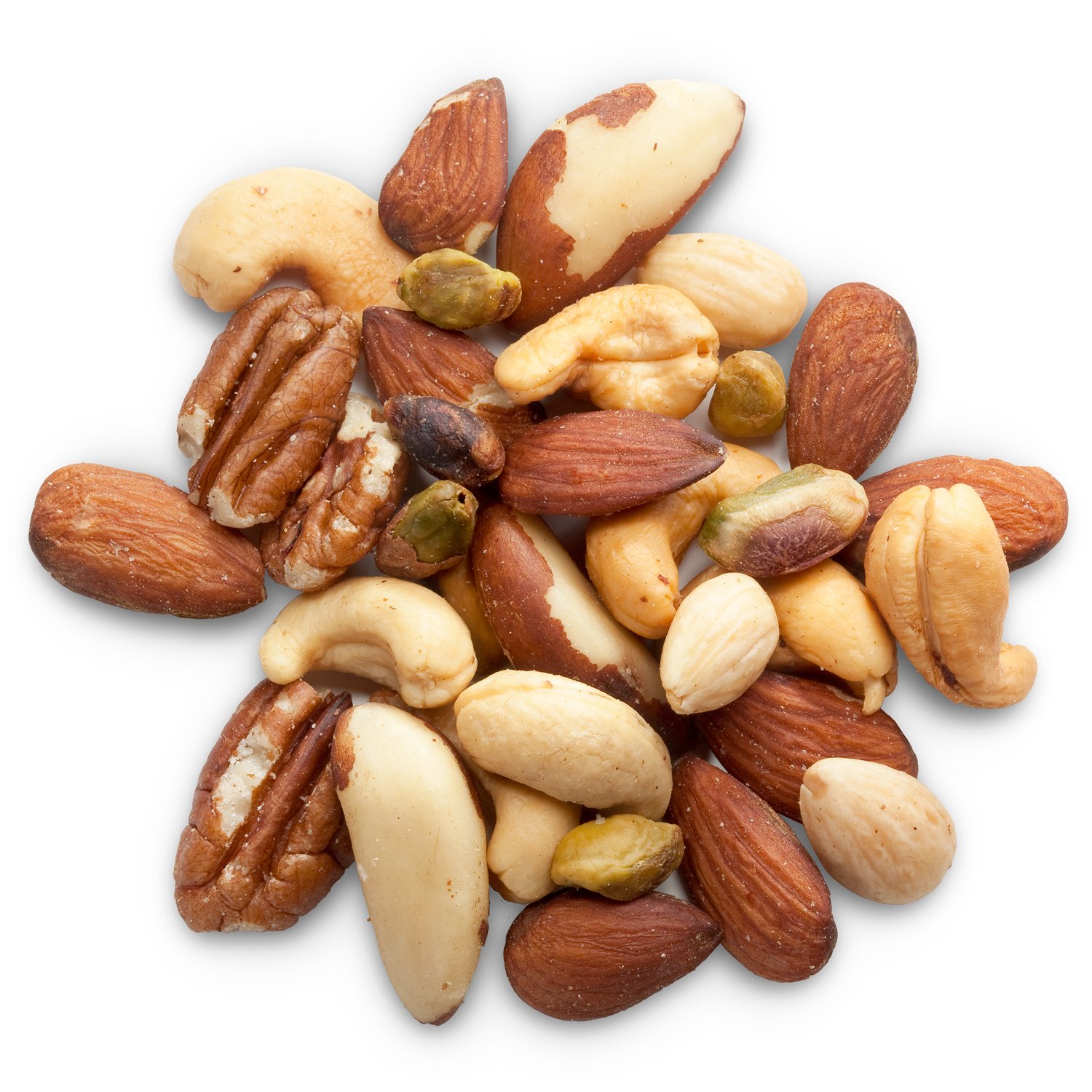
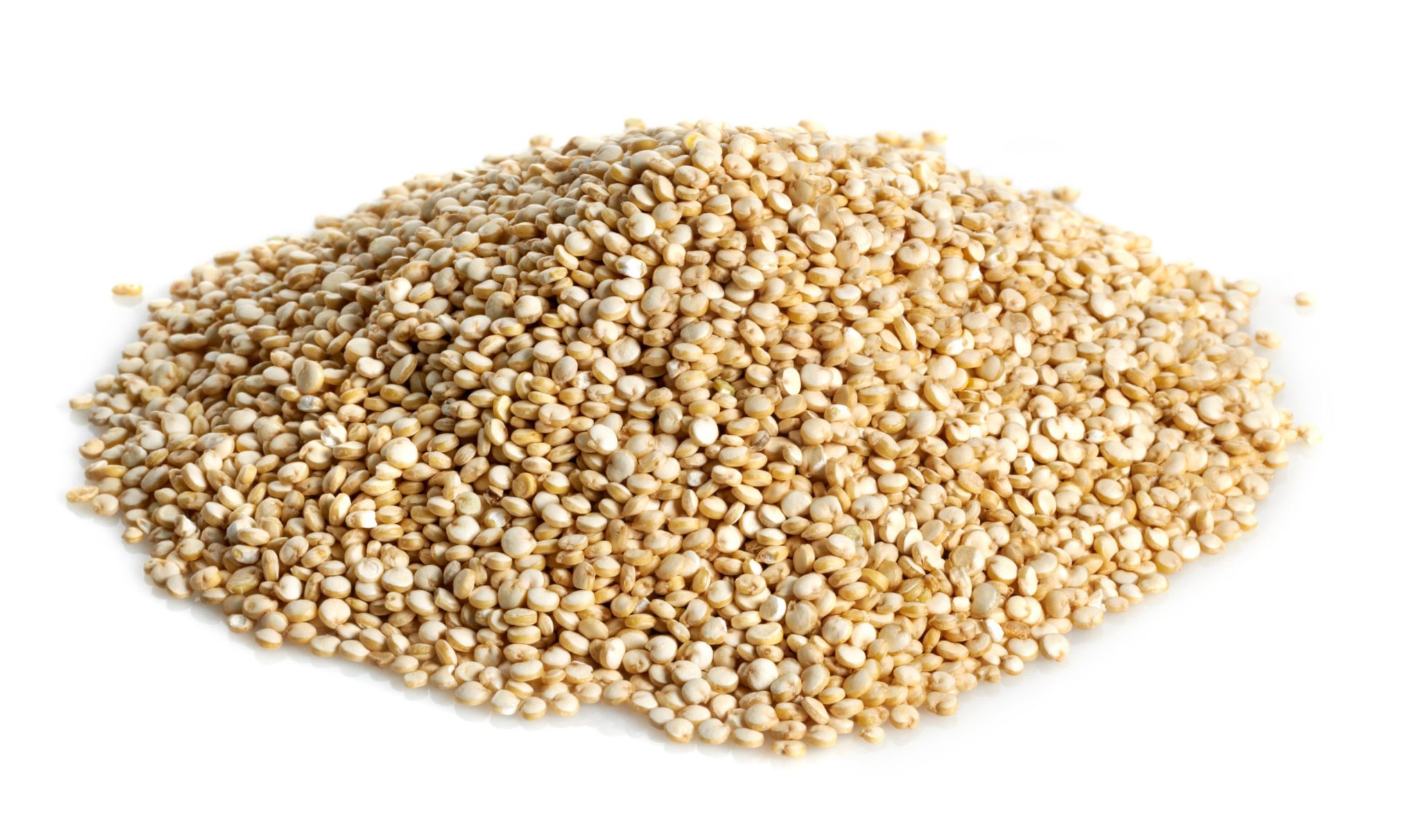
Leave a Reply